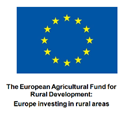The Human Burrow, near Kielder Waterside visitor centre is a hidden environment that offers visitors an immersive experience using sounds created by creatures that live all or part of their lives underground.
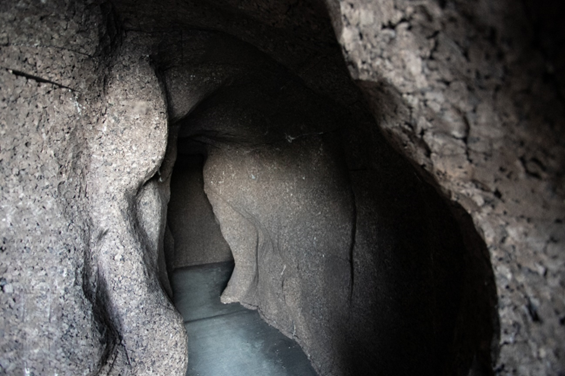
The Burrow is for the most part underground, with its entrance, skylight, and renewable power source a short distance away, the only evidence that it is exists.
The interior is lined with cork, a naturally occurring and recyclable material, that was chosen to give the Burrow its warm and 'excavated' feel. Sculpted from the walls are places to sit, lie down, or lean, while deep within the cork, hidden speakers recreate the recordings of creatures, which are then experienced both audibly and as vibrations though the cork.
What 3 Words: witty.cuddling.reward
The Human Burrow is located at the end of the Beeches Walk at Kielder Waterside visitor centre.
From Kielder Waterside, follow the Lakeside Way east, in the direction of Tower Knowe for 500 yards. When you get to the ski school carpark, turn left, back towards Kielder Waterside along the shoreline path.
The entrance to The Human Burrow is sited just back from the path after about 120 yards (100 metres).
Kielder Waterside Park is also home to other structures within the Kielder Art & Architecture programme; Tethered Cloud, Shapling, Mapping Minigolf and Shadow.
Antoine Bertin first proposed the idea for The Human Den in 2015 but it was another four years before the project was able to start development in earnest.
Working with a range of wildlife specialists, experiential designers, fabricators, and civil engineers, the artist worked to create an underground chamber, where visitors could enter and experience a series of soundtracks based on creatures that live all or part of their lives underground. The experience offers visitor a very different and immersive perspective on Kielder and the lives of creatures that, for the most part, we are unaware of as they go about their lives.
The artist says of the project: Once inside the Burrow, visitors will be immersed in a composition made of sounds and vibrations of animal origin. They may spend the night with a fox dreaming in its den; experience the noise of thousands of ants crawling about their nest; feel the seismic songs of elephants conversing through the ground; listen to kangaroo rats foot-drumming from burrow to burrow; or even enter a crocodile’s lair where an egg is about to hatch. The Burrow is a human-scale acoustic refuge accessible day and night to humans and non-humans alike.
The burrow is constructed inside two connected shipping containers which have been set in an excavated slope, surrounded by gabions, and landscaped over. The power supply for the sound installation comes from a nearby solar unit.
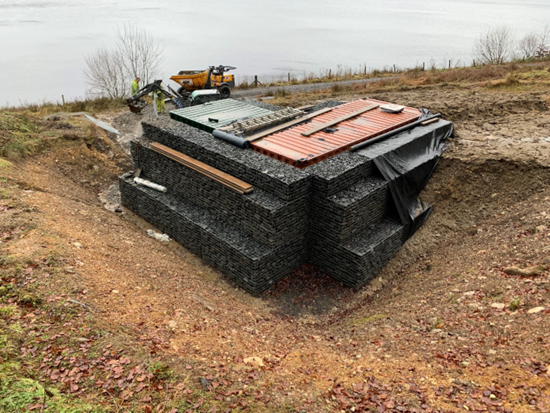
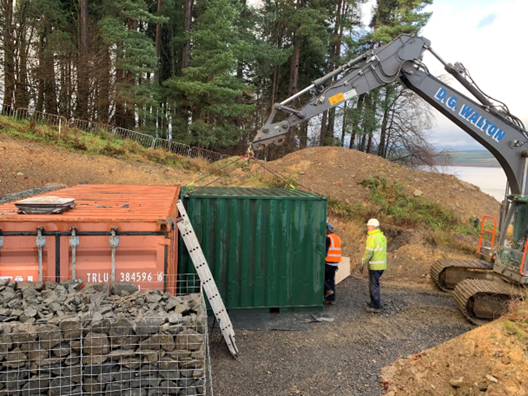
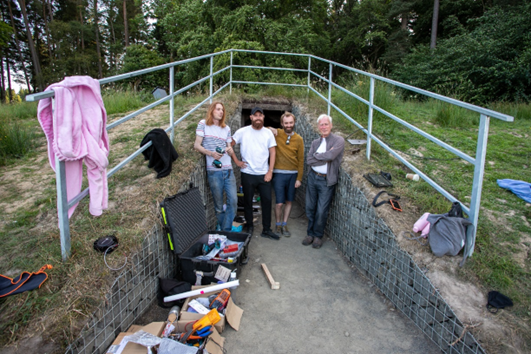
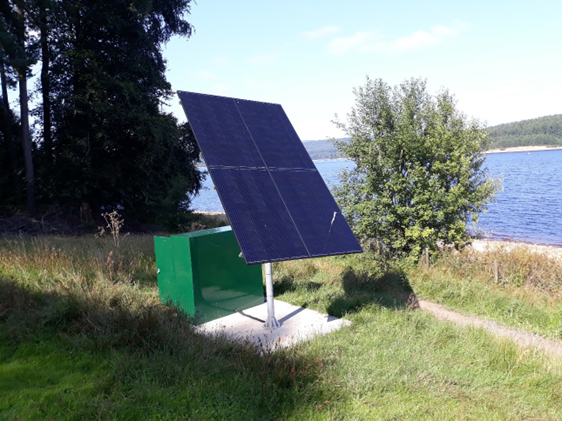
Antoine Bertin works at the intersections of science and sensory immersion, field recording and sound storytelling, and data and music composition. His creations take the form of listening experiences, sound sculptures and audio meditations on the realm of the living. His work has been presented at Tate Britain, the Palais de Tokyo, the Serpentine Gallery, the KIKK and STRP festival and many more. Visit Studio Antoine Bertin.
Peter Sharpe, Curator of Kielder Art & Architecture, added “The Human Burrow, is a sculpture that offers a totally new way for visitors experience Kielder’s unique landscape, and although this the first artwork in the programme created by an audio artist, the way that its structure removes visitors from their everyday experience to sensitise them to a specific experience shares a conceptual link with Chris Drury’s Wave Chamber, Kielder Observatory, and James Turrell’s Kielder Skyspace in particular.
The Burrow has been designed to be as accessible as possible, and in line with its ecological source material, uses recycled cork as its main internal material and solar energy as its power source.
The Human Burrow was made possible with financial support from RDPE, Arts Council England and Kielder Water & Forest Park Development Trust.
The project was delivered with Antoine and his team working with Artists & Engineers, D. G. Walton, J C Consulting (structural engineers), Raskl and Pure Energy Renewables Ltd.
